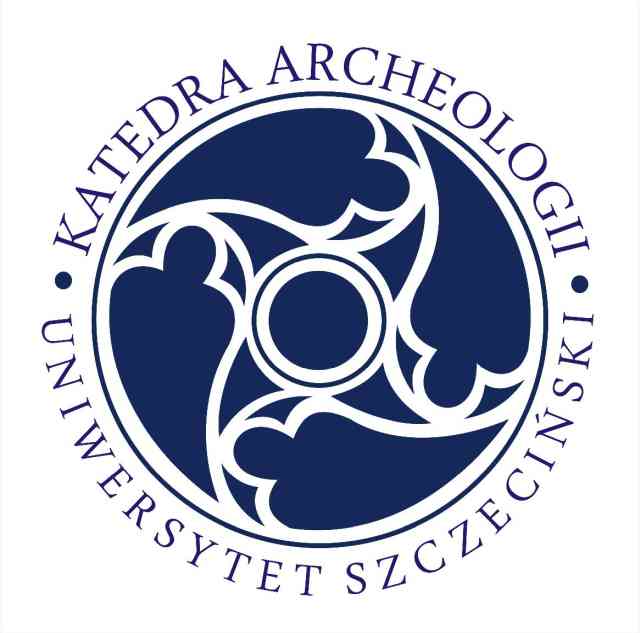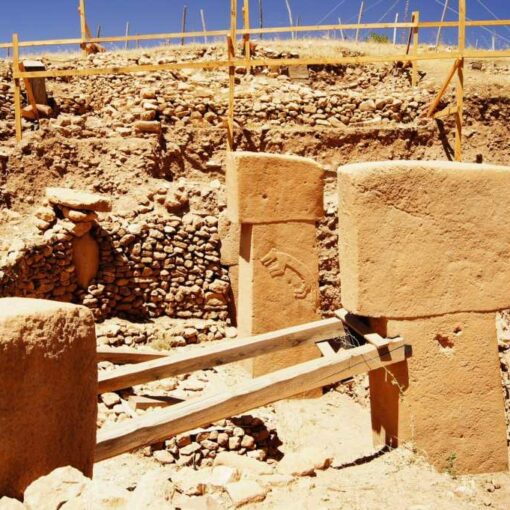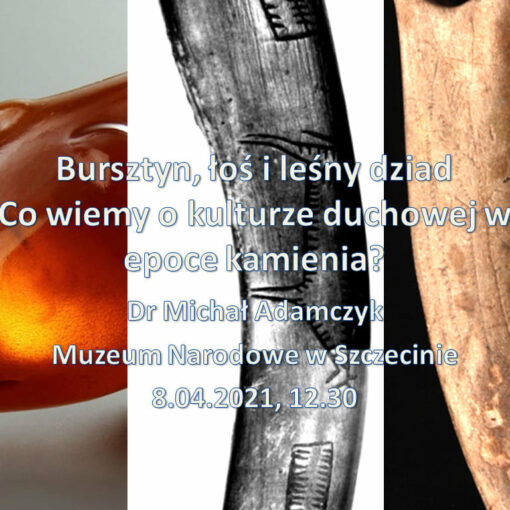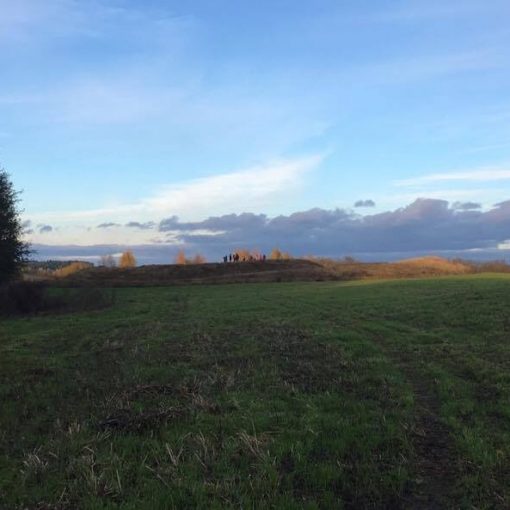Rola zasobów naturalnych w gospodarce wczesnych społeczności Europy Środkowe ciągle jeszcze stanowi marginalne zagadnienie dyskusji. Centralnym obszarem badań pozostaje uprawa zbóż i strategie hodowli zwierząt. W badaniach tych rośliny dzikie wykorzystywane są jako dane pośrednie pozwalające na oceny sposobów uprawy i zbioru czy też strategie żywienia zwierząt hodowlanych. Podstawowym problemem w ocenie ewentualnych konsumpcyjnych zastosowań dzikich zasobów zwierzęcych i roślinnych jest ograniczona pula danych źródłowych. Szczątki roślinne i zwierzęce zachowane w obrębie stanowisk archeologicznych stanowią jedno z niewielu źródeł informacji. Dominujący obrządek pogrzebowy – kremacja – nie pozostawia możliwości wglądu w izotopowe sygnatury składu diety.
Podstawowym celem prezentowanego artykułu było zebranie w jednym miejscu wszystkich rozproszonych w różnych publikacjach informacji dotyczących wykorzystania pokarmowego dzikich surowców na podstawie danych archeologicznych w późnym okresie epoki brązu i początkach epoki żelaza. Pod uwagę wzięte zostały wyłącznie dane pochodzące ze stanowisk osadniczych.
Artykuł do pobrania w otwartym dostępie. DOI: https://doi.org/10.1515/opar-2020-0134
Abstract:
The archaeological discussion still appears to largely disregard the role of natural resources in the early agricultural economy of Central Europe. Cereal cultivation and animal husbandry strategies remain a central area of studies. Wild resources are the only proxy data helping to reconstruct the strategies mentioned above. The data for the assessment of the wild resource role in consumption strategies are scarce. Plant and animal remains preserved within the archaeological sites represent one of the very few sources of information. The dominant funeral rite – cremation – leaves no opportunity for insight into the human bones’ diet composition signatures. This study’s primary goal is to gather in one place all information concerning wild resource food use based on archaeological data, which is scattered through various publications. The study’s time scope corresponds to Lusatian, post-Lusatian (Pomeranian Face Urn Culture), and contemporary cultures (Western Baltic Kurgans Culture). It covers roughly the time span 1400–400 BC, which is the late Bronze and early Iron Ages. Only data from a homogenous settlement context was included within the presented review. Although the reviewed literature methodology does not always meet the modern standard, it still offers insight into broader plant and animal food use in the past. The animal bone analysis is usually based on hand-collected bone material or sifted soil samples. Malacological materials come from sampled features. Some clam mussels were also identified among the bone materials submitted for zooarchaeological analysis. All plant materials come from sampled features undergoing soil analysis.





